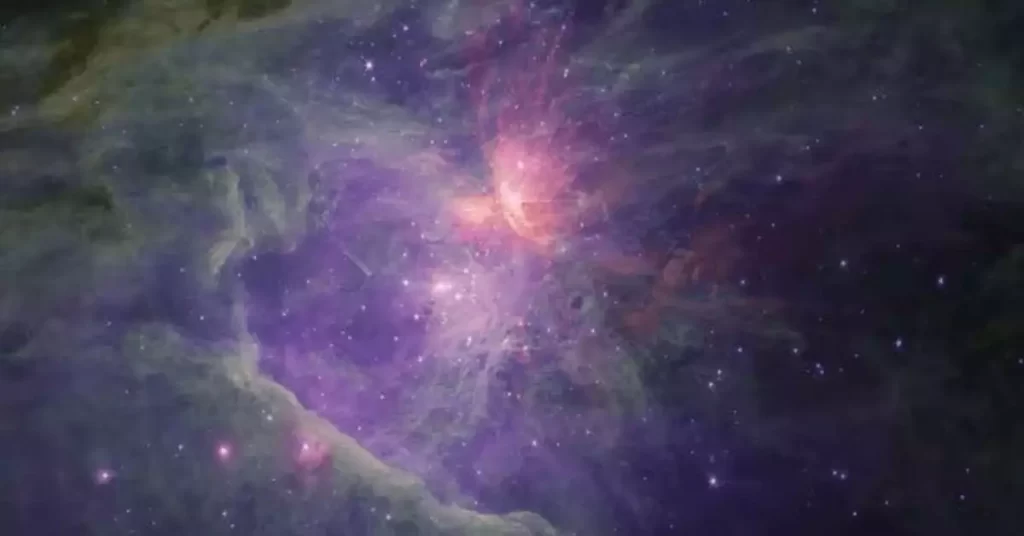The James Webb Space Telescope, often hailed as the apex of astronomical innovation, has once again exceeded expectations. In a remarkable revelation, the telescope has unveiled a celestial mystery that has left scientists astounded – the existence of nearly 150 enigmatic objects termed “Jupiter Mass Binary Objects” or JuMBOs in the Orion Nebula, located a staggering 1,344 light years away. These objects are perplexing as they are not large enough to be classified as stars, yet they do not conform to the typical attributes of planets, as they do not orbit a central star. This groundbreaking discovery has not only raised questions about the formation of these JuMBOs but has also highlighted the limitations of current astronomical theories.

These JuMBOs, spotted in pairs and measuring just one million years old, are characterized by their gassy composition and scorching surface temperatures, reaching approximately 1,000 degrees Celsius. Despite their fiery nature, they are rapidly cooling, as observed by The Guardian. The sheer peculiarity of these objects arises from the fact that existing theories of star and planetary formation fail to account for the emergence of such minute, paired, free-floating entities.
To grasp the magnitude of this revelation, one must understand the current understanding of celestial formation. The smallest stars, for instance, are approximately 80 times the mass of Jupiter. Anything smaller than this limit lacks the requisite density for hydrogen fusion to occur. Though smaller celestial objects can theoretically coalesce through similar processes, scientific predictions have suggested that the lower boundary for an object forming through gravitational collapse, akin to star formation, should be somewhere in the range of three to seven times the mass of Jupiter. However, the JuMBOs challenge these limits. Mark McCaughrean, head of the discovery team at the European Space Agency, underscores this anomaly, saying, “We find [JuMBOs] down as small as one Jupiter mass, even half a Jupiter mass.” This defies conventional physics, which deems the formation of objects so minuscule as implausible.
One speculative origin for these JuMBOs is that they may have been expelled from a planetary disc surrounding a star. However, a perplexing factor remains: 42 of the JuMBOs have been identified as binary pairs, a scenario that experts find highly unlikely under normal circumstances. Heidi Hammel, the vice president for science at AURA Astronomy, who was not involved in the research, recalls her initial reactions, ranging from astonishment to skepticism. She expressed, “My reactions ranged from: ‘Whaaat?!?’ to ‘Are you sure?’ to ‘That’s just so weird!’ to ‘How could binaries be ejected together?'” There seems to be a process at work in the cosmos that scientists are still trying to understand.
Matthew Bate, the head of astrophysics at the University of Exeter, who was not part of the research team, expresses his support for this idea. According to him, “It seems that there’s a mechanism that’s forming these [objects] that we haven’t thought of yet.” The JuMBO discovery, he believes, is genuinely surprising and holds the potential to provide fresh insights into the processes of celestial formation. This breakthrough has the exciting prospect of pushing the boundaries of our current knowledge in astrophysics.
ALSO READ: Boosting NASA’s UFO Investigations: The Case for Increased Budget Allocation
The absence of a host star has led to further intriguing speculations about the fate of these enigmatic JuMBOs. Over time, they will inevitably cool down significantly. During a brief transitional phase, their temperatures may reach levels suitable for habitability, albeit as gas giants, they lack the crucial element of liquid water, making them unsuitable for hosting life.
Conclusion
The recent revelation by the James Webb Space Telescope of Jupiter Mass Binary Objects (JuMBOs) in the Orion Nebula has sparked a scientific mystery that challenges established theories of celestial formation. The discovery of JuMBOs, which defy existing models of star and planetary formation in terms of both size and characteristics, has left astronomers and astrophysicists amazed. While the precise origin of these objects remains a captivating puzzle, the quest to understand the mechanism behind their formation holds the promise of expanding our comprehension of the cosmos. This astonishing finding underscores the vital role of exploration and technological innovation in continually pushing the boundaries of human knowledge in the vast expanse of the universe.









